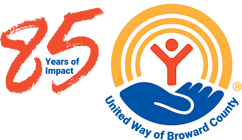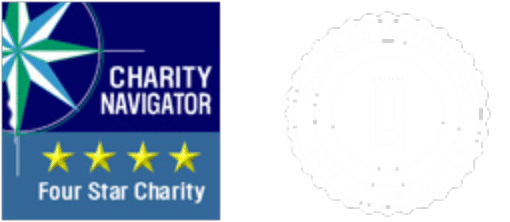This year, the evening of Friday, September 18th starts the High Holy Days, the holiest days of the year for the Jewish people. These days include Rosh Hashana, the beginning of the Jewish New Year; Yom Kippur, the Day of Atonement; and the days in between, known as the Days of Awe..png) Rosh Hashana is considered the birthday of the world, a joyous holiday. It is celebrated around the world beginning at sunset on the night before and continues for two days. Typically, families share a holiday meal together on the scale of Thanksgiving with multiple courses and lots of challah (egg bread). We dip slices of apples into honey and say a blessing for a sweet and healthy New Year. During the following two days, observant Jews attend services at synagogue, saying prayers of thanks for the blessings in our lives. Rabbis give sermons to inspire participants to reflect on the year that just ended and we pray that we and our loved ones will be granted another year of life. When Rosh Hashana doesn’t fall on the Sabbath, the shofar – a ram’s horn – is blown at various times during the service, awakening and inspiring everyone to participate in prayer.
Rosh Hashana is considered the birthday of the world, a joyous holiday. It is celebrated around the world beginning at sunset on the night before and continues for two days. Typically, families share a holiday meal together on the scale of Thanksgiving with multiple courses and lots of challah (egg bread). We dip slices of apples into honey and say a blessing for a sweet and healthy New Year. During the following two days, observant Jews attend services at synagogue, saying prayers of thanks for the blessings in our lives. Rabbis give sermons to inspire participants to reflect on the year that just ended and we pray that we and our loved ones will be granted another year of life. When Rosh Hashana doesn’t fall on the Sabbath, the shofar – a ram’s horn – is blown at various times during the service, awakening and inspiring everyone to participate in prayer.
Rosh Hashana ends at sunset of the second day. During the following week, the Days of Awe, people may go back to their normal lives but try to be mindful about the year we just completed and the year ahead. Because the High Holy Days are a time to cleanse one’s soul and start anew, it’s common practice to ask others for forgiveness about any wrongs we may have done in the past year – things we have said or done to hurt them.
Finally, Yom Kippur, the Day of Atonement and the most solemn day of the year, arrives. At the conclusion of the holiday, we believe God will decide who will live and who will die in the year ahead – and the Book of Life will be sealed.
A large dinner is eaten the night before in preparation for a full day of fasting; no food or drink is consumed from sunset until after sunset the next day. Participants wear white and no leather (including no leather shoes) and attend prayer services. We ask God for forgiveness for sins we have committed against God and our fellow people on Earth – ranging from personal indiscretions like laziness or gossiping to sins against other communities. Yom Kippur is all about cleansing – physical cleansing through fasting, spiritual cleansing through prayer.
Fasting continues the following day with prayer services asking for forgiveness. The traditional greeting in Hebrew says, “May you be sealed in the Book of Life for a good New Year.” There is also a special prayer service to remember and honor our loved ones who have passed away, as well as Jewish martyrs throughout the ages. Prayers and discussions on important topics continue throughout the day, despite the fact that we are physically weak from fasting.
After sunset, when three stars are in the sky, Yom Kippur comes to an end. People gather in the synagogue for closing prayers, the shofar is blown and everyone celebrates. People return home for the “break-fast” – a meal usually consisting of eggs, bagels and other breakfast-type food.
Of course, most synagogues around the world will be doing the High Holy Days by Zoom this year. But no matter what the format, for the Jewish people, the High Holy Days are all about connections and community. We come together to support one another, to share experiences and to better our inner selves.
That’s what I love about United Way of Broward County, too. It’s a place where our community comes together to support one another, to share volunteer experiences and to improve our lives by doing good for others.
No matter what the season, no matter what the need, our United Way of Broward County is here for our community, fighting for the health, education and financial stability of every person who lives here. Thank you for all you do. May you be written in the Book of Life for a good year ahead.
Hear from Leslie here.
© 2023 United Way of Broward County | 1300 South Andrews Avenue, Fort Lauderdale, FL 33316 | 954.462.4850 A copy of the official registration and financial information may be obtained from the division of consumer services by calling 1-800-435-7352 within the state. Our Registration number is CH536. Registration does not imply endorsement, approval, or recommendation by the state. UWBC does not use paid solicitations and 100% of each contribution is received by UWBC.

